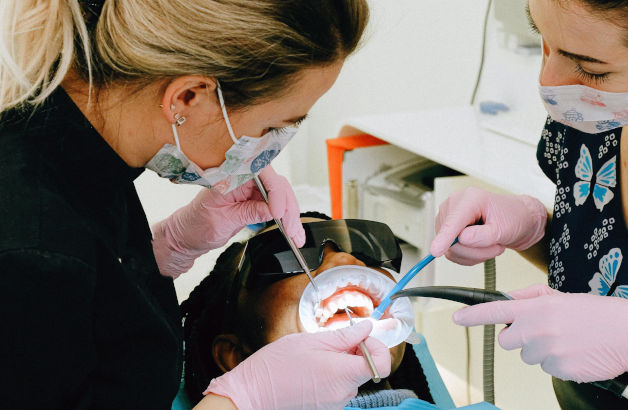Not everyone starts their career with a clear roadmap. I certainly didn’t. I’m a dentist now, but my route was more a patchwork of opportunity, instinct, and learning through doing — not a carefully structured plan. And that’s fine.
But I’ve also seen how a bit of early structure can help — especially if you’re just beginning in a role like dental nursing. A little planning at the start can create a lot more freedom and confidence later on.
If you’re entering as a trainee dental nurse with no previous experience, one of the most helpful tools you can use from the beginning is a Professional Development Plan (PDP) — something that guides your first couple of years, while giving you space to explore what interests you.
Why a PDP Helps When You’re Starting from Scratch
As a trainee, you’re likely working toward your NEBDN Diploma or Level 3 Dental Nursing qualification while earning the National Minimum Wage — currently £12.21 per hour for those aged 21+, which comes to about £22,200 per year based on a 35-hour week.
This time isn’t just about passing assessments — it’s your chance to understand the profession, explore different areas of practice, and start thinking about your long-term goals. Having a PDP helps you reflect on where you’re going, without locking you into a rigid path.
And while the future might include things like radiography, oral health education, sedation, or even team leadership, the most important thing at the beginning is exposure: see as much as you can, ask questions, and start building confidence in small, steady steps.
You don’t need to have it all figured out. You just need somewhere to start.
To help with that, we’ve included a simple example PDP below — a tool you can adapt or build on with the support of your tutor, manager, or mentor.
Example Professional Development Plan (PDP) – Trainee Dental Nurse
Year 1: Foundation & Exploration
Key Goals:
– Build confidence in chairside support and daily clinical routines
– Observe other parts of the practice: reception, admin, compliance
– Reflect regularly on your interests and challenges
– Begin learning about Continuing Professional Development (CPD) — the ongoing learning you’ll do throughout your career
| Area | Goal | How Will You Do This? |
| Chairside Skills | Assist confidently in routine procedures | Observe experienced nurses, ask for feedback |
| Reception/Admin | Learn booking systems and patient flow | Shadow reception one morning per month |
| CQC & Compliance | Understand what happens in a CQC inspection | Support the next practice audit |
| Self-Awareness | Identify interests and strengths | Keep a short monthly journal |
| CPD Awareness | Understand how CPD works | Read GDC guidance, attend 1 CPD webinar |
Year 2: Growth & Direction
Key Goals:
– Strengthen skills and take on small responsibilities
– Start developing a post-qualification CPD plan
– Explore career interests beyond basic nursing duties
| Area | Goal | How Will You Do This? |
| Team Involvement | Support onboarding of a new trainee | Volunteer as a buddy/helper |
| Career Exploration | Learn about specialist roles | Attend a taster or speak to a specialist |
| CPD Plan | Start building your personal CPD plan | Use templates or mentor support |
| Initiative | Take ownership of a task or area | E.g. audit prep, rota input, stock check |
| Long-Term Planning | Identify possible post-qualification goals | Note 1–3 areas to explore further |
